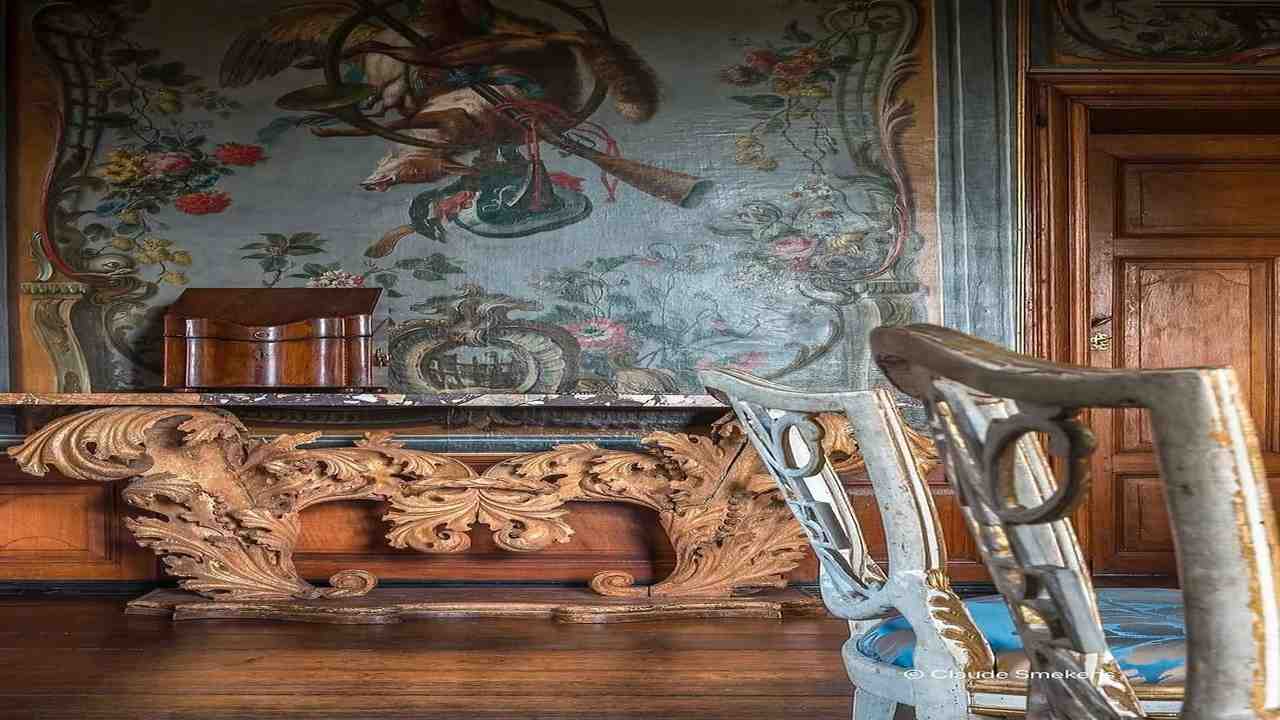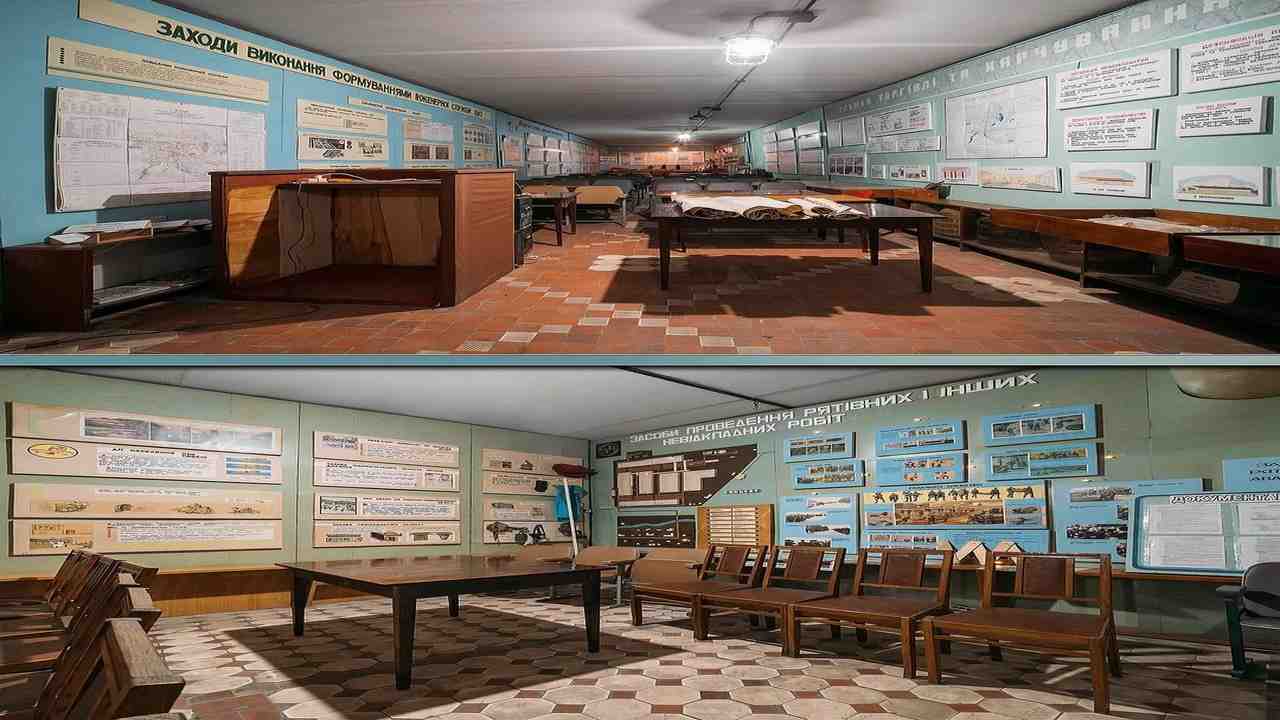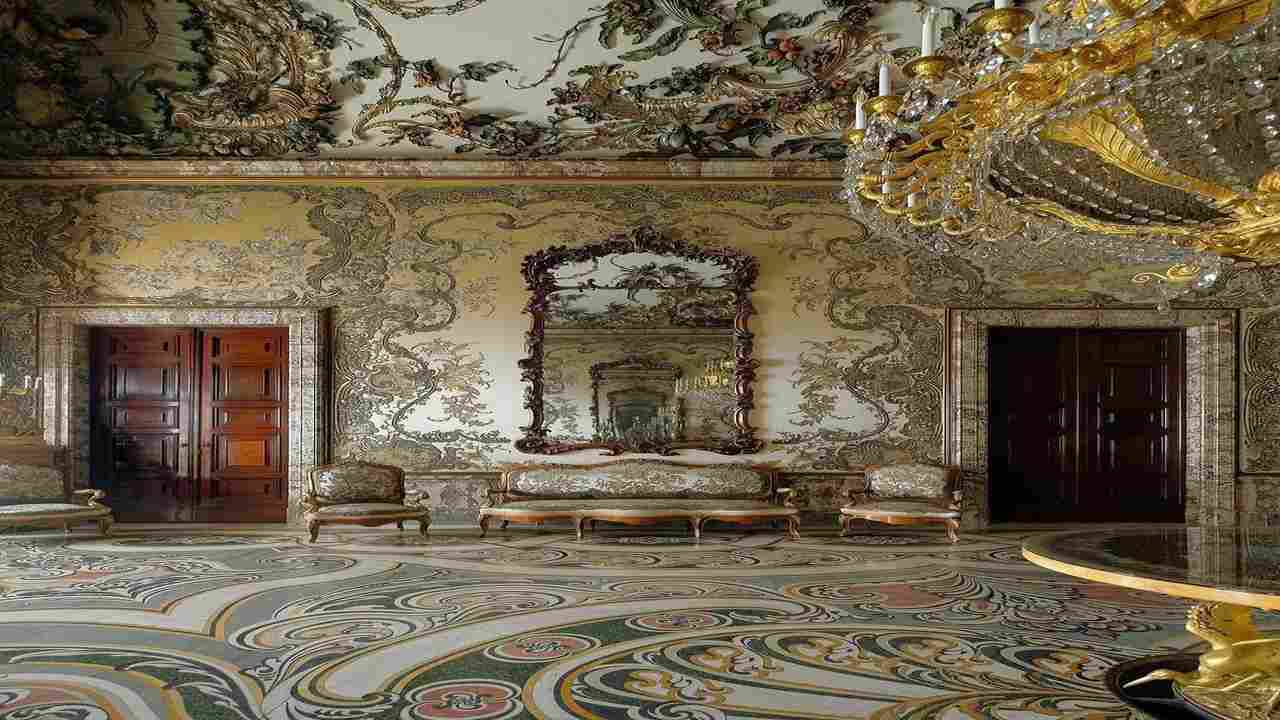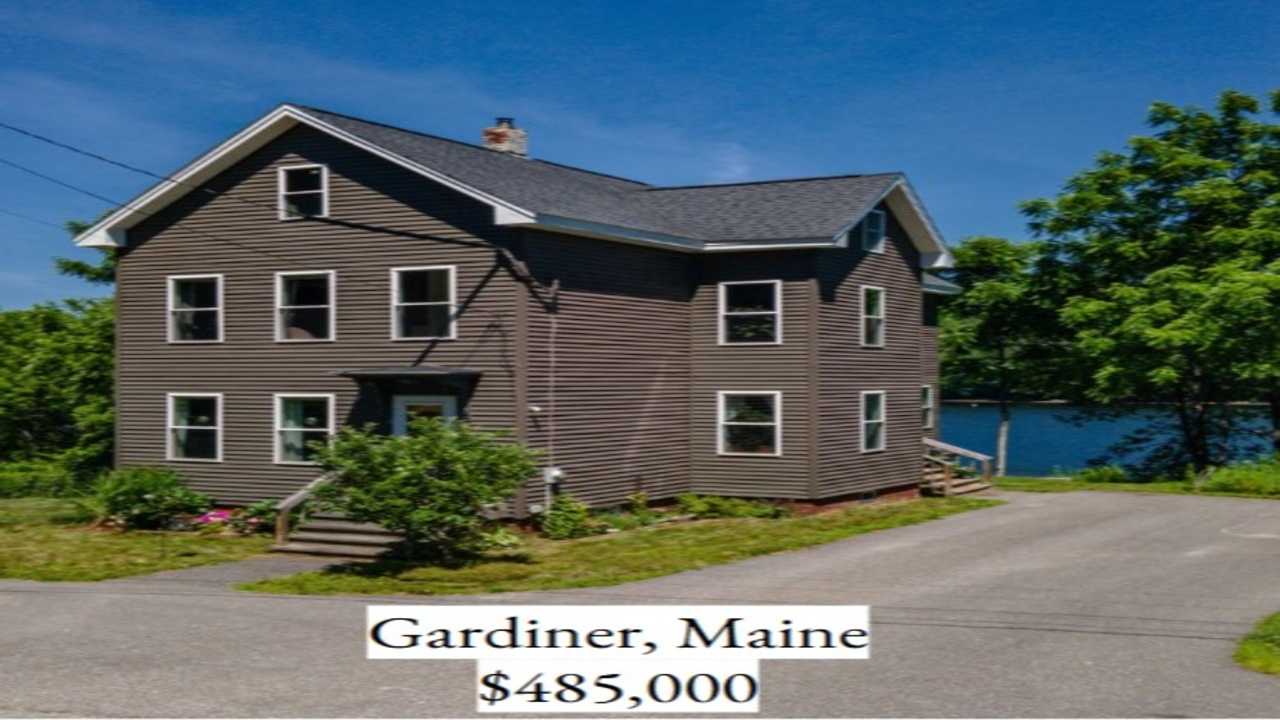The rolling hills of Belgium conceal architectural treasures that whisper stories of centuries past, and among these hidden gems stands the magnificent Château de Deulin. Originally built as a hunting lodge in the 18th century, this extraordinary estate has undergone a meticulous restoration that celebrates both its historical significance and contemporary Belgian beauty. The dining room, in particular, serves as the crown jewel of this restoration project, where period authenticity meets modern comfort in perfect harmony.
The Historical Legacy of Château de Deulin
Origins as an 18th-Century Hunting Lodge
Château de Deulin’s story begins in the heart of the 18th century, when Belgium’s aristocracy sought refined retreats for their hunting expeditions. Unlike the grand palaces of the era, this château was conceived as an intimate hunting lodge, designed to provide comfort and elegance in a more modest scale. The original architects understood the importance of creating spaces that would serve both practical and ceremonial purposes, with the dining room playing a central role in the social life of hunting parties.
The château’s strategic location in the Belgian countryside offered easy access to vast hunting grounds while maintaining the sophistication expected by noble guests. Historical records suggest that the dining room was where successful hunters would gather to share their stories, celebrate their triumphs, and plan future expeditions. This social function shaped the room’s design, emphasizing both intimacy and grandeur.
Architectural Significance in Belgian Heritage
The restoration of Château de Deulin represents more than just the preservation of a single building; it embodies the broader effort to maintain Belgium’s rich architectural heritage. The château showcases the distinctive characteristics of 18th-century Belgian construction, including the use of local stone, traditional roofing techniques, and the integration of French and Flemish design influences that defined the period.
The dining room’s architectural elements reflect the sophisticated tastes of 18th-century Belgian nobility. High ceilings adorned with period-appropriate moldings, tall windows that flood the space with natural light, and carefully proportioned spaces create an atmosphere of refined elegance. These features have been meticulously preserved during the restoration process, ensuring that visitors can experience the authentic ambiance of centuries past.
The Art of Restoration: Preserving Belgian Beauty

Meticulous Attention to Historical Detail
The restoration of Château de Deulin’s dining room required an extraordinary level of historical research and craftsmanship. Restoration specialists worked closely with historians and archaeologists to understand the original design intent and materials used in the 18th century. This collaborative approach ensured that every detail, from the wood finishes to the decorative elements, remained faithful to the period while meeting contemporary standards for comfort and functionality.
The team faced numerous challenges in sourcing authentic materials and techniques. Traditional Belgian craftsmanship, including specialized woodworking and stone carving, was essential to maintaining the château’s historical integrity. Local artisans were enlisted to recreate period-appropriate decorative elements, ensuring that the dining room’s beauty remained rooted in authentic Belgian craftsmanship.
Modern Comfort Meets Historical Authenticity
One of the most remarkable aspects of the château’s restoration is how seamlessly modern amenities have been integrated without compromising historical authenticity. The dining room now features contemporary climate control, updated electrical systems, and modern plumbing, all carefully concealed to maintain the 18th-century atmosphere. This thoughtful approach allows guests to enjoy the Belgian beauty of the original space while experiencing modern comfort.
The restoration team employed innovative techniques to preserve original materials while enhancing their durability. Ancient wood floors were carefully restored using traditional methods, while modern protective treatments ensure their longevity. Similarly, original stone walls were cleaned and reinforced using contemporary preservation techniques that respect the historical character of the space.
The Dining Room: A Showcase of Belgian Elegance
Design Elements That Define the Space
The dining room at Château de Deulin serves as the perfect example of Belgian beauty in interior design. The space features a harmonious blend of French elegance and Flemish practicality, characteristic of 18th-century Belgian noble residences. The room’s proportions create an intimate yet grand atmosphere, perfect for both small family gatherings and larger entertaining events.
Central to the room’s design is a magnificent dining table crafted from locally sourced Belgian oak, surrounded by period-appropriate chairs that have been carefully restored to their original glory. The table’s positioning allows for optimal natural light from the room’s tall windows, creating an inviting atmosphere that changes throughout the day. Crystal chandeliers, restored to their original brilliance, provide elegant illumination for evening dining experiences.
Decorative Arts and Period Furnishings
The dining room’s decorative scheme reflects the sophisticated tastes of 18th-century Belgian nobility. Original tapestries, carefully conserved and restored, adorn the walls, depicting hunting scenes and pastoral landscapes that connect the room to its origins as part of a hunting lodge. These textile artworks represent some of the finest examples of Belgian weaving traditions from the period.
Period furnishings throughout the room include restored sideboards, serving pieces, and decorative objects that would have been used during the château’s original era. Each piece has been carefully selected for its historical accuracy and contribution to the overall aesthetic. The result is a dining room that feels lived-in and authentic while maintaining the refined elegance expected of such a prestigious restoration project.
Cultural Impact and Contemporary Relevance

Educational Value and Heritage Tourism
The restoration of Château de Deulin has significant implications for heritage tourism in Belgium. The dining room, as the centerpiece of the restoration, offers visitors an immersive experience in 18th-century Belgian noble life. Educational programs developed around the château help visitors understand the historical context of the period, including the social customs, culinary traditions, and artistic movements that shaped Belgian culture.
The château now serves as a living museum, where the dining room demonstrates how meals were prepared, served, and enjoyed in the 18th century. Interactive exhibitions allow visitors to learn about period dining customs, table settings, and the social significance of meals in noble households. This educational approach helps preserve not just the physical space but also the cultural knowledge associated with it.
Influence on Contemporary Interior Design
The successful restoration of Château de Deulin’s dining room has influenced contemporary interior design trends, particularly in Belgium and throughout Europe. The project demonstrates how historical authenticity can be maintained while incorporating modern functionality, inspiring homeowners and designers to embrace period details in their own spaces.
Design professionals have studied the restoration techniques used at Château de Deulin, particularly the methods for integrating modern systems without compromising historical integrity. The dining room’s success has established new standards for heritage restoration projects, influencing how similar projects approach the balance between preservation and modernization.
Preservation Techniques and Craftsmanship
Traditional Methods in Modern Application

The restoration of Château de Deulin employed traditional Belgian craftsmanship techniques that have been passed down through generations. Master craftsmen specializing in 18th-century construction methods were essential to the project’s success. These artisans brought knowledge of historical building techniques, including traditional joinery methods, stone carving, and decorative plasterwork.
The dining room’s restoration showcased these traditional skills in numerous ways. Original wooden beams were carefully restored using hand tools and techniques that matched the original construction methods. Stone elements throughout the room were cleaned and repaired using traditional lime mortars and historically appropriate treatments. This commitment to authentic techniques ensures that the restoration will age gracefully and maintain its historical character.
Conservation Science and Technology
While traditional craftsmanship formed the foundation of the restoration, modern conservation science played a crucial role in ensuring the project’s success. Advanced analytical techniques were used to understand the original materials and their composition, allowing conservators to make informed decisions about treatment methods and replacement materials.
The dining room benefited from cutting-edge conservation technologies, including non-invasive imaging techniques that revealed hidden structural elements and original decorative schemes. These scientific approaches helped guide the restoration process while ensuring that interventions were reversible and compatible with the historical materials.
The Future of Château de Deulin
Sustainable Preservation Practices
The restoration of Château de Deulin incorporates sustainable practices that ensure the long-term preservation of the building while minimizing environmental impact. The dining room’s heating and cooling systems utilize energy-efficient technologies that maintain optimal conditions for the preservation of historical materials while reducing the château’s carbon footprint.
Sustainable maintenance practices have been implemented throughout the château, with particular attention to the dining room’s ongoing care. Regular monitoring of environmental conditions, preventive conservation measures, and sustainable cleaning practices ensure that the space will continue to showcase Belgian beauty for future generations.
Ongoing Cultural Programming
The château’s dining room now serves as a venue for cultural events that celebrate Belgian heritage and traditions. Regular programming includes period dining experiences, culinary workshops, and educational seminars that bring the space to life. These events help generate revenue for ongoing maintenance while creating meaningful connections between visitors and the château’s history.
The success of these programs has established Château de Deulin as a model for heritage sites throughout Belgium and beyond. The dining room’s ability to function as both a museum space and an active venue demonstrates the potential for heritage sites to remain relevant and financially sustainable in the modern world.
Frequently Asked Questions
What makes Château de Deulin’s dining room unique among Belgian heritage sites?
The dining room at Château de Deulin stands out for its exceptional preservation of 18th-century Belgian noble dining customs and its seamless integration of modern amenities. Unlike many heritage sites that focus solely on preservation, this space remains functional while maintaining complete historical authenticity, offering visitors an immersive experience of Belgian beauty from the 18th century.
How long did the restoration of the château take to complete?
The comprehensive restoration of Château de Deulin, including the dining room, took approximately five years to complete. This extended timeline allowed for thorough historical research, careful sourcing of authentic materials, and the meticulous application of traditional craftsmanship techniques necessary to maintain the building’s historical integrity.
Can visitors experience dining in the restored room?
Yes, the château offers special dining experiences in the restored dining room, allowing visitors to enjoy meals prepared using traditional Belgian recipes and served in period-appropriate settings. These experiences are typically offered by reservation and provide an authentic taste of 18th-century Belgian noble dining culture.
What conservation challenges did the restoration team face?
The primary challenges included sourcing authentic 18th-century materials, finding skilled craftsmen familiar with period techniques, and integrating modern systems without compromising historical authenticity. The team also had to address structural issues while preserving original architectural elements and decorative features.
How does the château contribute to Belgian cultural heritage preservation?
Château de Deulin serves as a living example of successful heritage preservation, demonstrating how historical buildings can be maintained and utilized in contemporary contexts. The project has influenced other restoration efforts throughout Belgium and provides educational opportunities that help preserve knowledge of 18th-century Belgian culture and craftsmanship.
What role did local artisans play in the restoration?
Local Belgian artisans were crucial to the project’s success, providing specialized skills in traditional building techniques, decorative arts, and period-appropriate craftsmanship. Their involvement ensured that the restoration remained authentic to Belgian cultural traditions while supporting local craft communities and preserving traditional knowledge for future generations.
![]()






